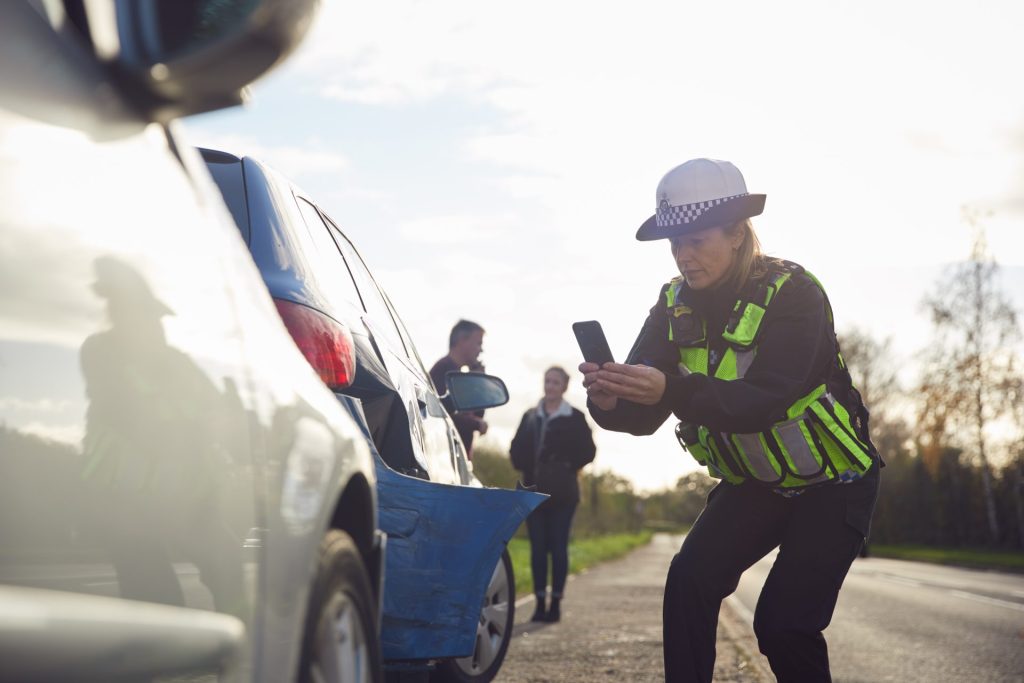Accidents caused by teenage drivers are a problem all across the country. Florida is no exception to this. Neither is New York. Indeed, no state is immune from the carnage that often results from car accidents caused by teens who are just learning how to drive but often engage in distracted driving and other risky behaviors behind the wheel.
Teenage Drivers Cause Many Accidents
In Florida, the statistics about accidents caused by teenage drivers speak clearly of the elevated risk. Compared to drivers in the 30 to 59 age range, Florida teens have ten times as many car accidents. Ten times!
As a result, motor vehicle accidents are the leading cause of death for teenagers. Nationally, nearly 3,000 teens between the ages of 15 and 19 were killed in 2009. And those accidents tend to kill or injure not only the teens themselves, but many innocent people on the road.
Given the startling statistics about teenagers’ propensity for accidents, it is reasonable to ask whether states such as Florida should continue to issue drivers’ licenses to 16-year-olds, once they have learners’ permits for one short year?
A respected federal health agency, the U.S. Centers for Disease Control and Prevention (CDC), has weighed in on the subject. The CDC says states should do a better job of implementing graduated driver’s license (GDL) requirements, so that teen drivers are not given too much responsibility too soon.
What Stronger GDL Requirements Would Do
Graduated licensing requirements have been proven to improve the safety of teens on the road. The GDL structure requires teens to move through set stages before they are given full privileges to do things like drive at night or drive with passengers.
The CDC recommends that 16 be the minimum age for a learner’s permit. Teens would have to spend at least six months with this status before moving up to the next stage, a probationary license.
A probationary license usually limits unsupervised driving at night, as well as the number of passengers. Under the CDC guidelines, teens would not move up from this status to a full license until at least age 18.
Conclusion
The Insurance Institute for Highway Safety ranks state licensing systems on how well they implement the GDL system for young drivers. States are rated as good, fair or marginal.
Florida rates only a fair in this ranking. Making teens wait longer for a full license would help reduce the risk of injuries in Florida caused by those drivers.
Although New York is categorized in the “good” category, the CDC points out teen driving safety in those states can still be improved. It is scarcely surprising, then, that New York legislators often discuss ways to strengthen New York’s GDL system.
If you have been injured in a driving accident caused by a teen in Florida, New York, or anywhere in between, contact us. Our firm has offices in both New York and Florida, and we are experienced at protecting the rights of injury victims. We can assess your case and advise you on your legal options.





